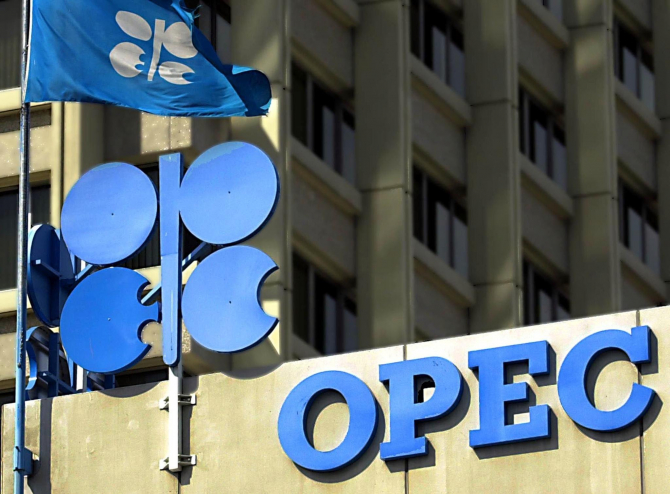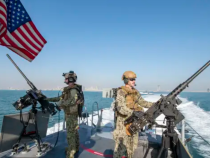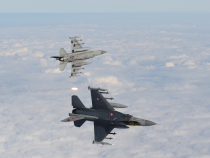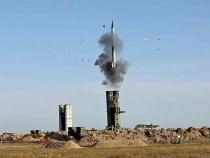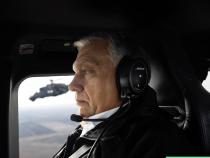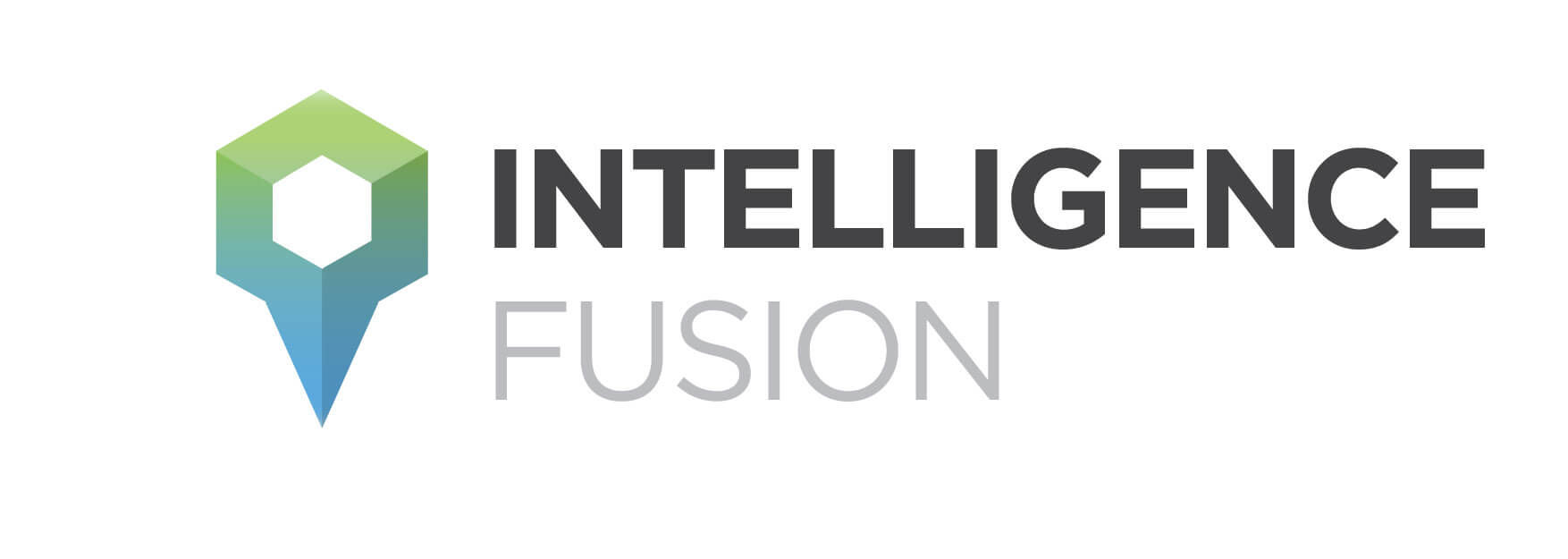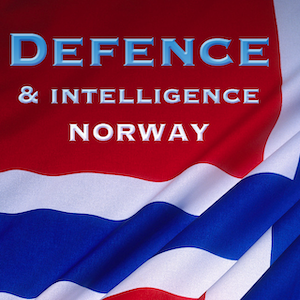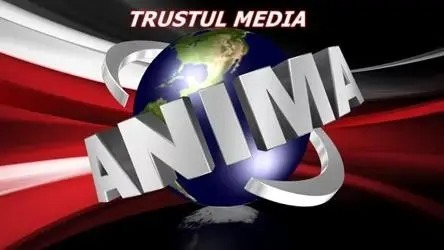Rece şi sobră, analiză lui Cyril Widdershoven (VEROCY) ne situează în epicentrul uneia dintre cele mai complicate crize interne din OPEC. Organizația producătorilor de petrol pare a traversa o furtună perfectă în ceea ce privește mecanică internă. Plecarea micului, dar puternicului, stat Qatar, provoacă restructurări masive şi aliniamente noi în complicate politică a Grupului de Cooperare a Golfului ( GGC). Citind corespondența olandeză, analiza devine din ce în ce mai importantă pe pentru înțelegerea întregului joc regional care are ca actori principali Arabia Saudită, Qatar, Iran şi Rusia. Devenind doar cu scurt timp înainte exportator net de petrol, SUA au acum instrumentul necesar pentru a promova agresiv interesele lor în regiune.
OPEC’s future in doubt, GCC rift leads to NOPEC?
After a week of severe geopolitical rifts and inter-and intraregional power plays, international oil cartel OPEC has reached a production cut agreement in Vienna. At the OPEC meeting, in which also non-OPEC producers such as Russia took part, a consensus was reached about a total of 1.2 million bpd production cut, which shows OPEC cutting by 800,000 bpd, while the rest will cut the remaining 400,000 bpd. At least, that was the official message. The oil cartel’s media gurus have been again able to convince the market, a production cut is there, and consensus exists. Reality however is far from that. The cartel is in one of its most severe crisis ever. The growing rift in the organization shows a new era is coming soon. The so-called unexpected high level of the production cut, which was masterly massaged by OPEC’s media genius and Saudi Minister of Energy Khalid Al Falih, is not enough to cope with the current threats in the market. Due to the negative sentiment on the global oil market, OPEC’s first message that there would only be a 800,000-1 million bpd production cut, prices crashed on Thursday December 6.
Pressured by internal forces (Russia, Saudi Arabia) and outsiders, US and Asian consumers, a much more harder statement was needed very soon. Khalid Al Falih and his Russian counterpart Novak suddenly were able to increase the cut to 1.2 million bpd, putting some positive sentiment back in the market. Without even knowing the real facts of the agreement, emotions took over. The real effects of the current cut agreement are still unclear. OPEC’s internal cohesion seems to be in shambles, while non-OPEC, in which Russia leads, will decide how their cuts will be put in place. Still, the Bulls already knocked down the door, threatening the Bears into hibernation.
Analysts still need to assess the situation, especially after that OPEC’s main producers, Saudi Arabia, UAE and Kuwait, jumped into the plane to fly to Riyadh for the eagerly awaited Gulf Cooperation Council (GCC) meeting. Again, regional political and power plays showed its nasty face. The former cohesion of all the GCC member countries is gone, as Qatar’s Emir Al Thani openly stated just before that he will not be attending the meeting. The latter statement was a direct slap in the face of Saudi King Salman, who personally had invited his Qatari counterpart to take part.
Qatar’s current rather obnoxious political behavior is not productive, to say the least. Last week, Doha, to the surprise of most members, announced that the oil and gas producer would leave OPEC. Officially Qatar wants to restructure its economic and investment policies, focusing only on its gas and LNG future. Doha also said that it can produce more oil outside of OPEC than currently is the case. Unofficially, Doha’s move is 100% related to ongoing Saudi-led Arab Coalition confrontation with Qatar. The world’s largest LNG exporter has become a pariah-state in the region, in the eyes of its neighbors. Qatar’s support for the Muslim Brotherhood, its continuing financing of Hamas and its growing cooperation with Iran and Turkey, has resulted in a cold war situation, which could easily escalate. By leaving OPEC, Qatar has openly shown contempt. The latter, in combination by refusing the invitation of King Salman, will not make life easier for the Peninsular State.
For OPEC, the future is diffuse. The Qatari move comes in a period that several other OPEC members already are drawing blood. Venezuela’s oil and gas sector has imploded, due to US sanctions and mismanagement of the Bolivarian dictatorship of Maduro. At the same time, the new OPEC Secretary General will be Venezuelan general, not known for his knowledge of international geopolitics and oil. A Venezuelan general also will constraint part of the OPEC maneuverability, as there are severe US sanctions on Venezuelan officials.
Iran, already under pressure by US sanctions, and anti-Iran moves by leading OPEC producers, also is not heading for a rosy future. As the second or third largest OPEC producer, Tehran has been a hardliner, resisting any production cuts the last months, while trying to control its current market share. It is at present unclear if Iran now is exempted from the cuts or officially also under the agreement. In reality, Tehran will not be hit by new cuts, as its current production and exports is already heavily hit.
Taking a step back from all the current Bullish emotions and OPEC geopolitics, a real crisis scenario is already knocking on the door. The first one is a real market fundamentals related one. Looking at the ongoing oil production increase of OPEC members, such as Iraq, and non-OPEC, especially US shale oil but potentially several others, the perceived oil glut factors still exist. No action has been taken showing that OPEC and Russia are able to counter these developments in full force.The picture becomes even more gloomy if the ongoing US-China trade war heats up, and European and Asian economic growth is lower than expected. The impact of a hard Brexit, which seems to be very likely looking at the political meltdown in the UK, will also cause a negative economic ripple or maybe for Europe a short-term Tsunami. These factors are not putting a real trust in place in the supply-demand situation of 2019, even showing some additional threats of additional storage building in the next months. NOPEC’s only solution at present, if the leading parties really wanted to change the market and re-establish its prominence, would have been a production cut agreement of 1.4-1.8 million bpd on the basis of October 2018.
Taking into account the above painted internal and regional crisis’s, OPEC is in dire need of change. OPEC is NOT anymore a coalition of the willing, in which large and smaller oil producers are combining their forces to reap the highest rewards of a more structured oil market approach. OPEC December 2018 has shown that OPEC has become somehow an Gulf Arab OPEC, made up of two main leaders, Saudi Arabia and the UAE, while Kuwait, Bahrain, Oman and even Algeria and Libya, are following the pack. Iraq is at present somehow in the twilight zone, trying to find its position between the Arab Coalition of Saudi Arabia, and its historical and religious compatriot Iran. OPEC is changing, the road signs have been put already, while surveyors are putting some of the stakes in the ground. The next couple of months, Saudi Arabia and the UAE will most probably set up a strategy to reform OPEC towards a new Arab led coalition targeting to get Russia and maybe some Central Asian parties to join. Backed by Libya, Algeria and the smaller Gulf Arab states, the Saudi-UAE-Russia Triumvirate will also marginalize possible opposition of the Arab and Latin American OPEC members. The position of Nigeria, still supporting Saudi Arabia, and Angola will be crucial. A new NOPEC structure will put pressure on their respective influence inside of the cartel. Latin American producers, such as Venezuela or Ecuador, are not having anything to say at all.
The next months OPEC’s future will be decided. Looking at the current situation, a new strategy is needed, in which Russia is playing a crucial role. Without the support of Moscow, OPEC will be struggling to keep its position. Some light at the end of the tunnel is there, thanks to Trump and the Europeans. By continuing the pressure on Saudi’s Crown Prince Mohammed bin Salman, no real desire exists inside of the Royal Palace to smooth up to the West. Vladimir Putin’s High Five with MBS could become the World Press Photo 2019. The growing friendship (and need) of a strong economic and military alliance between the Arab Gulf States and Moscow is clear, NOPEC could be the first real sign of a new world. All feel that the market should not be ruled by US Presidential Tweets or the whims of a religious technocrat in Tehran or a Bolivarian politician.
DefenseRomania App
Fii primul care află cele mai importante știri din domeniu cu aplicația DefenseRomania. Downloadează aplicația DefenseRomania de pe telefonul tău Android (Magazin Play) sau iOS (App Store) și ești la un click distanță de noi în permanență
Fiți la curent cu ultimele noutăți. Urmăriți DefenseRomania și pe Google News
